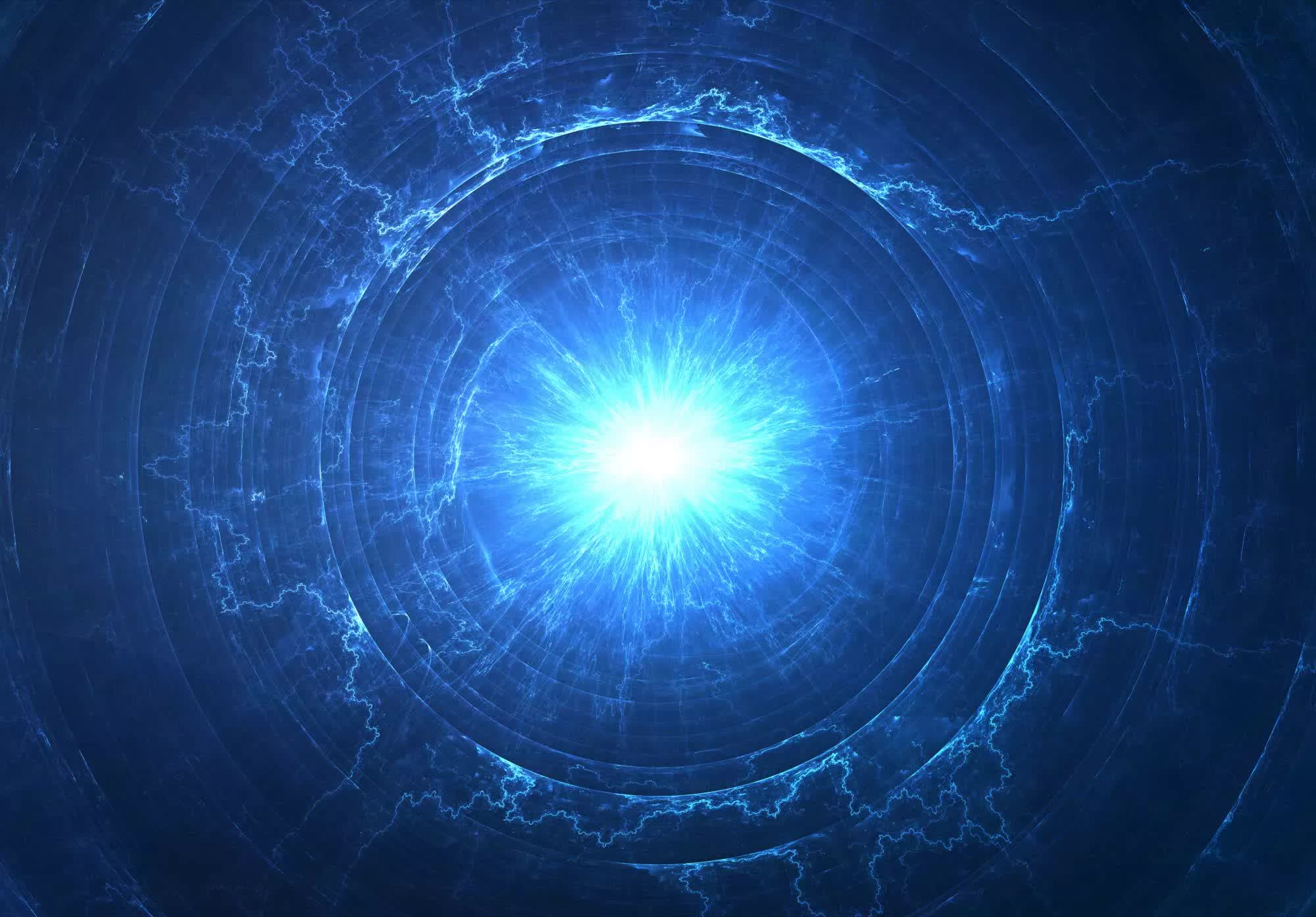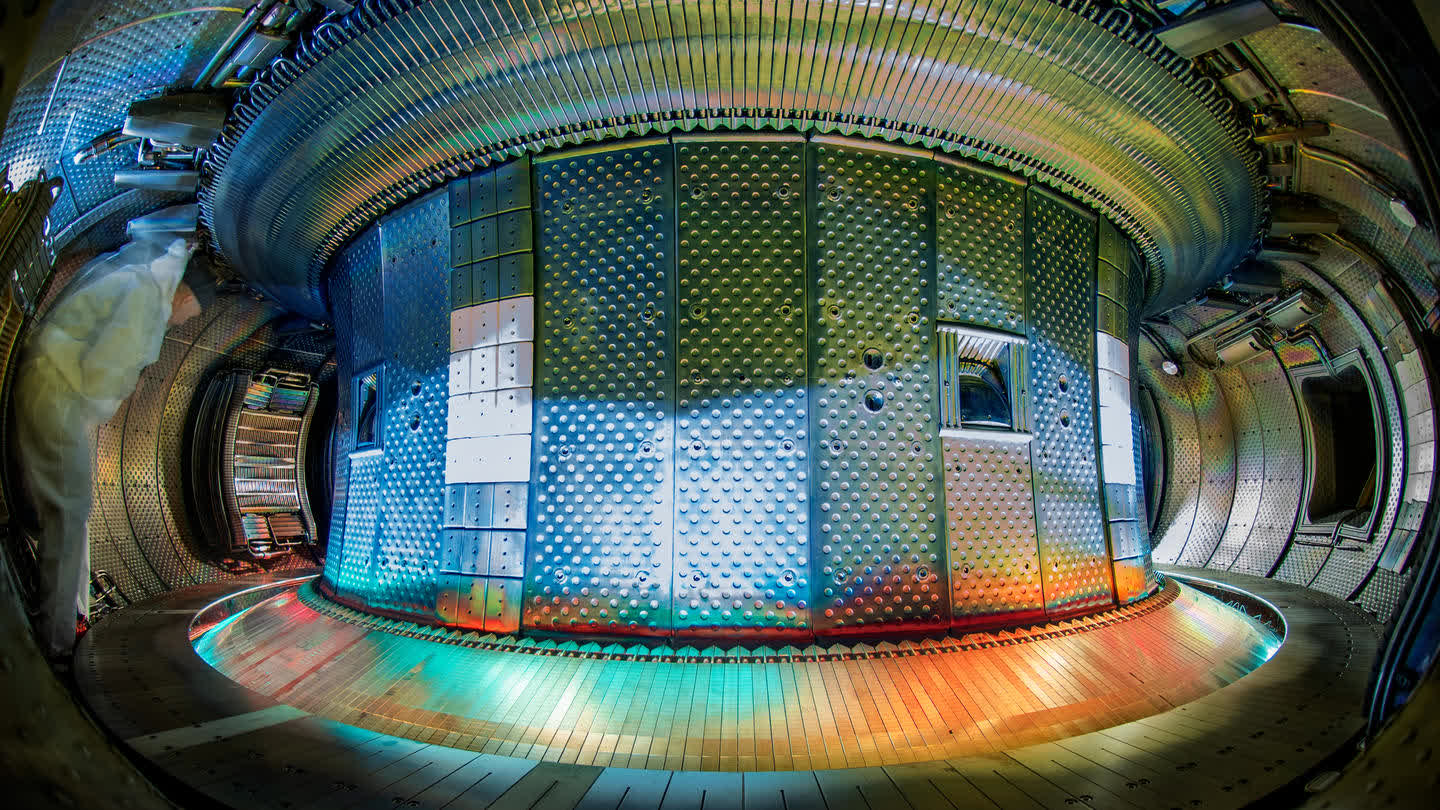What just happened? The pursuit of virtually limitless fusion energy recently achieved a significant breakthrough at an experimental reactor in France. Scientists operating the WEST tokamak successfully sustained a superhot plasma at astonishing temperatures for a record-breaking six minutes. The achievement marks a major milestone in the journey towards viable fusion power.
For those unfamiliar, a tokamak is essentially a donut-shaped device that utilizes powerful magnetic fields to contain and control plasma – an extremely hot, charged gaseous mixture crucial for replicating the fusion reactions seen in stars. The WEST (Tungsten Environment in Steady-State Tokamak) reactor, operated by the French Alternative Energies and Atomic Energy Commission (CEA), stands at the forefront of this research.
The breakthrough hinged on the use of tungsten, the grayish-white metal commonly found in light bulb filaments. The interior of the WEST tokamak is lined with this metal, known for its exceptional heat-resistant properties, enabling the plasma to reach incredibly high temperatures and densities without causing the chamber walls to melt.
During the record-setting run, the team injected 1.15 gigajoules of power into WEST, sustaining a plasma burning at approximately 50 million degrees Celsius – over three times hotter than the core of the Sun.
The Princeton Plasma Physics Lab (PPPL) played a crucial role in this achievement by providing specialized X-ray diagnostic tools to accurately measure the intense plasma conditions within WEST. According to Luis Delgado-Aparicio of PPPL, "The plasma fusion community was among the first to utilize hybrid photon counting technology to monitor plasma dynamics."
CEA scientist Xavier Litaudon explained why this achievement with the tungsten tokamak is such a significant breakthrough. "We need to deliver a new source of energy, and the source should be continuous and permanent."
Nuclear fusion could be that game-changing energy source – a virtually inexhaustible supply of clean power without any radioactive waste or carbon emissions.
However, achieving the holy grail of self-sustaining fusion reactions that generate more energy than they consume has proven to be an immense challenge. The extreme temperatures and confinement times required make it devilishly difficult to extract more energy from the superhot plasma than what's needed to initiate and maintain the fusion process.
That's why this recent breakthrough at WEST is so promising. As Remi Dumont, who coordinated the experiment, succinctly put it – "a spectacular result." While humankind's fusion energy dreams are still years or decades away, milestones like this show we're steadily inching closer.
Major players are also doubling down on fusion's promise. Microsoft partnered with Helion to develop commercial fusion by 2028, while Japan unveiled the massive JT-60SA tokamak reactor last year – a six-story behemoth designed to crack the fusion confinement challenge.
Scaling up this new tungsten reactor approach, meanwhile, could bring that long-awaited fusion future into an even sharper focus.

